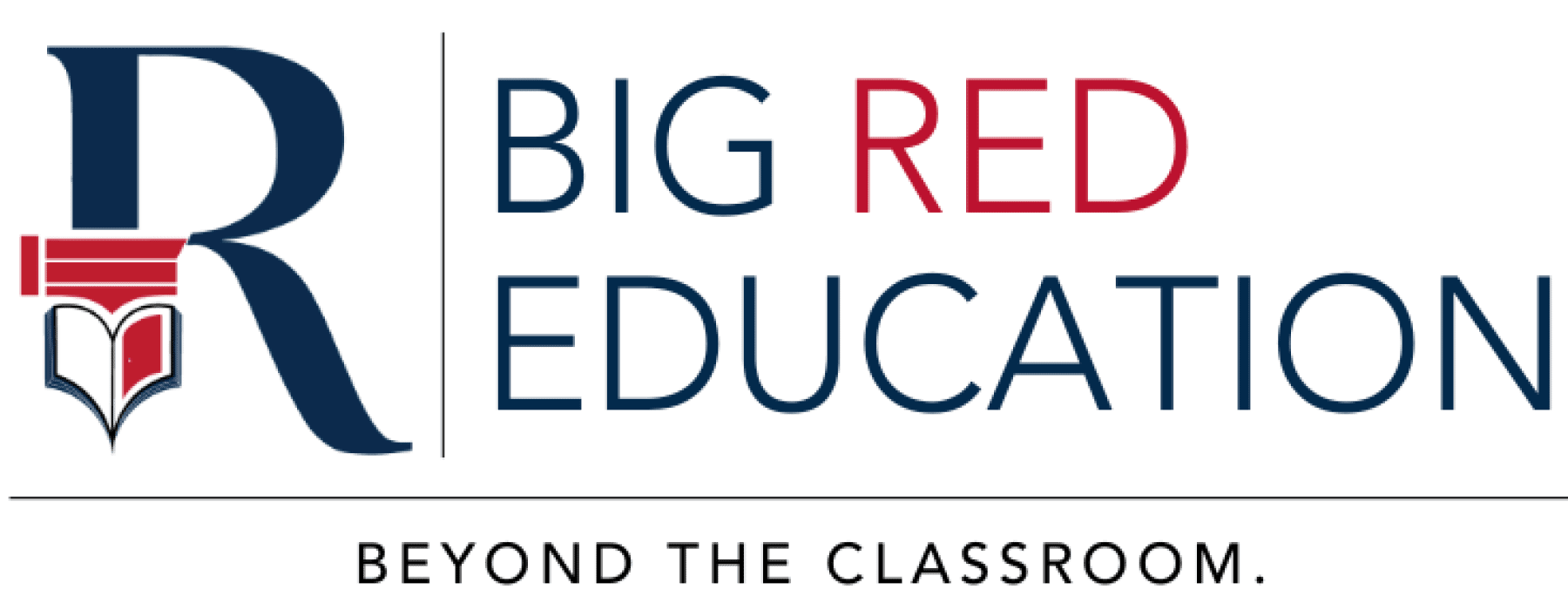| 14min Read
Published on April 5, 2024
The Power of Story: Craft in Narrative Writing with Professor Peter Catalanotto
The Power of Story:
Craft in Narrative Writing
with Professor Peter Catalanotto
Based on the Course currently
Taught by Professor Catalanotto at:








An Online Event




An Online Event
The Power of Story:
Craft in Narrative Writing with Professor Peter Catalanotto
Based on the Course currently
Taught by Professor Catalanotto at:








6 Day Leadership Workshop for High School Students


20th Aug - 5th Nov 2024
2hours/ day


12 - online sessions
1 session per week


6:30 pm to 8:30 pm IST


Grade 8 -12


INR 50,000 + 18% GST


Final Deadline
12th August 2024
Fee for First 5 Applications:
25,000 + GST (This Pricing is over)
Fee for Application nos. 6-15:
Rs. 50,000 + GST (This Pricing is Active)
Fee for Application nos. 16 and Beyond
Rs. 59,000 + GST (This Pricing is Not Active)


*Please note that there are no application fees*
6:30 pm to 9:30 pm IST
17th - 22nd June 2024
Grade 8 -12
INR 25,000/-


Early Bird Deadline
20th May 2024
Early Bird Fee
INR 20,000/-



Get to Know the Program
This workshop will help students attain a thorough understanding of what is necessary to create compelling stories and personal essays.





In this course students will learn and explore the creative process for narrative writing, from inspiration to finished manuscript. They will become proficient in distinguishing between crafting a story and merely describing an event.



Over twelve sessions, through a variety of assignments and exercises designed to highlight the elements of narrative writing, students will develop the skills necessary to create captivating Stories.





This course will emphasize the power of brevity in writing, attained through thoughtful and effective word usage and sentence structure.
Class Size: 20 Handpicked students
Meet your
Lead Instructor!
Peter Catalanotto
Author & Illustrator
Peter Catalanotto has written seventeen books for children, including Monkey & Robot, More of Monkey & Robot, The Newbies, Question Boy Meets Little Miss Know-It-All, Ivan the Terrier, Matthew A.B.C., and Emily’s Art, of which School Library Journal said in a starred review, “whether viewed from afar or up close, this creative and heartfelt book is a masterpiece.”
In 2008, First Lady Laura Bush commissioned Peter to illustrate the White House holiday brochure.
He currently teaches the first children’s book writing course offered by both Columbia University and Pratt Institute.
Peter has illustrated more than thirty books for other writers including George Ella Lyon, Cynthia Rylant, Mary Pope Osborne, Joanne Ryder, Robert Burleigh, and Megan McDonald.
Meet your
Lead Instructor!
Peter Catalanotto
Author & Illustrator
Professor of Writing at:








Award winning author of over 15+ books


Find Your Voice
Write your own Short Story
High school students from around the world gather together to hone their writing skills in a highly creative, but nonjudgmental, environment.
There is something empowering about hearing your own lines being read in a supportive way that gives you a chance to let your full voice out. The equation is simple: you, your talent and what you want to write about. the sum total: Magic!
Agenda and Timeline


20+ Hours of
Live classes



Get Mentored
by Experts


Hands-on
Learning Activities


Write your own
Short story



Learn Everything
about Writing!
Story
- Learn what a story is, as opposed to merely an incident or an event. Learn how to cultivate ideas from their lives and imaginations.
- Writing exercise.
- Writing assignment.
Take-home Tasks:
Complete the writing assignment.
Theme
- Discuss stories that resonate with you and why you were affected.
- Explore major themes for narratives. Discover what stories affect a reader.
- Writing exercise.
- Writing assignment.
Take-home Tasks:
Complete the writing assignment.
Storyline
- Learn how to brainstorm.
- Explore ideas from different angles and perspectives as they begin to formulate a basic storyline that includes multiple problems and various possibilities for endings.
- Writing assignment in class.
Take-home Tasks:
Consider the basic elements of your story. Explore several problems your character will encounter and at least two possibilities for endings. Be prepared to explain and defend your ideas to the class.
Plot
- Present your basic storyline for the class to discuss the strengths and weaknesses of the different elements contained in the story, pushing the writer to explore new possibilities.
- Writing exercise in class.
Take-home Tasks:
After presenting your storyline in class, you will consider suggestions from the class and strengthen your story line.
Character/Voice
- Learn how to create multi-dimensional characters using both physical and behavioral traits. They will consider the voice and perspective of the narrator.
- Learn how to create authentic dialog.
- Writing exercise.
- Writing assignment.
Take-home Tasks:
Students will finish their assignment.
The First Draft
- Formulate your ideas into a rough draft of your story, making decisions on your story’s elements: voice, motive, obstacle(s), setting(s), and plot.
- Options and approaches for the elements of a story will be further discussed and explored.
Take-home Tasks:
You will continue writing your first draft at home.
The Writer’s Ear
- Read aloud your first draft.
- Learn how to listen for problems in your writing.
- The class will make suggestions and discuss the storyline and elements of the story as each is read. Hearing problems in others’ writing helps a writer develop a trained ear for their own struggles.
Take-home Tasks:
After reading out loud your first draft in class you will write a second draft of your story or chapter applying the suggestions that were helpful from class.
Rewriting and Story Editing
- Discussion on what is essential in a story.
- Learn how to discern what your overall.
- story needs.
- Examine the story’s pace and sequence of events in the storyline.
- Writing assignment in class.
Take-home Tasks:
Continue reworking your story, applying the suggestions you found helpful from the professor and the other students.
Line Editing
- As each student’s storyline evolves and strengthens, the discussion will turn to examining each line and how to make every word and sentence powerful and essential.
- The Professor will demonstrate line editing by using a segment of each student’s story in front of the class.
Take-home Tasks:
Apply the suggestions you feel will improve your story and use what you have learned to edit the rest of your story.
Final Draft
- Read your reworked stories aloud, this time listening for details, phrasing, cadence, and sentence structure.
- Begin exploring titles for your story
Take-home Tasks:
Complete your final draft.
Certificate
Receive a certificate signed by the Course Instructor, Peter Catalonotto, Professor of Writing at Columbia University & Pratt Institute, at the end of the workshop.


Why should one learn to be a
good writer, you ask?


Enhance critical thinking and heighten creative mind-set


Improve clarity of thought and articulate idea better


Most top business like Apple, Airbnb are built on a strong writing culture


Write great college application essays!


“I write to find out
what I think.”
- Joan Didion
(Joan Didion was an American writer
and journalist. She is considered one
of the pioneers of New Journalism)
Main Takeaways
Fundamentals of Storytelling





Understanding character, setting, plot, and conflict to weave compelling narratives.
Creative Expression





Encouraging free thought and innovation to tell stories that resonate and captivate.
Structuring Stories





Organizing thoughts and ideas into a cohesive structure, ensuring clarity and flow.
Writing Skills





Enhancing grammar, vocabulary, and language use for clear and engaging storytelling.


Harvard students write a lot —
It can go up to 22 papers
in the freshman year itself














You have Questions? We have Answers!
Can’t find an answer? Email us at info@bigrededucation.com
- Workshop Dates- 20th Aug – 5th Nov 2024
- Total no. of sessions- 12, 1 session per week
- Hours per session- 2






